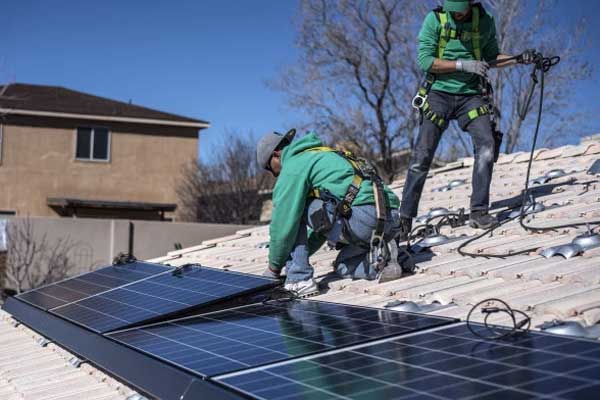In this week’s edition of News Watch, FERC approves four separate orders that make it more difficult for new clean energy projects in NY, some U.S. farmers are growing a new crop: Solar panels—and a report says Humans are producing a far larger share of methane emissions than we thought.
01. FERC deals blow to New York renewable, storage projects, adding hurdles to NYISO capacity market
The Federal Energy Regulatory Commission approved four separate orders that would make it more difficult for new clean energy projects expected in the state to clear NYISO’s capacity auction. Clean energy advocates say bidding into NYISO’s capacity market is critical to the financial viability of projects like offshore wind and energy storage.
02. Cash-strapped US farms are growing a new crop: Solar panels
In a recent test in Arizona, scientists compared crops planted under solar panels with those grown in direct sunlight. They found that total fruit production for red chiltepin peppers was three times higher on the plots under the panels, and cherry tomatoes doubled production. Some of these plants used significantly less irrigation water, in part because the shaded soil retained more moisture. Solar panels placed with plants were also substantially cooler during the day — and therefore operated more efficiently — than the usual ground-mounted arrays, according to the study last year by NREL and the Universities of Arizona and Maryland.
03. Montgomery solar project set for completion in 2022
The City of Saskatoon is continuing plans to build a utility-scale solar power plant on a strip of land east of Montgomery Place, but the $3.5-million project is taking longer than anticipated. Three years ago, city council set aside the 13 acres between Dundonald Avenue and Circle Drive as part of Saskatoon Light and Power’s broader goal to generate 10 percent of its electricity from local and renewable sources. The city now wants a consultant to perform a feasibility study with the aim of having a recommendation go before council in the fall, said Jose Cheruvallath, Light and Power’s metering, and sustainable electricity manager.
04. Humans are producing a far larger share of methane emissions than we thought
Humans are responsible for 25% to 40% more of the total share of methane emissions than previously estimated, according to a new study in Nature. Methane is one of the most potent greenhouse gases: about 28 times more effective than carbon dioxide at trapping heat in the atmosphere, it’s responsible for about a quarter of global warming. It’s produced naturally by animals, volcanoes, and wetlands, but it’s also a byproduct of oil and gas production. It’s this last form of methane that the study focused on.













Comments